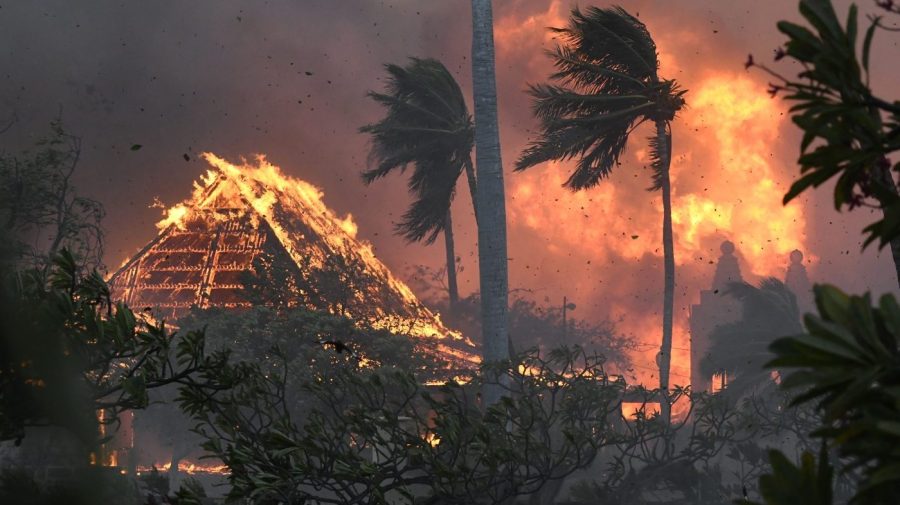
Veteran firefighters who responded to Maui’s 2023 blazes had greater levels of “forever chemicals” in their blood in comparison to those of shorter-term recruits, new research has shown.
The more seasoned first responders presented with these higher concentrations of per- and polyfluoroalkyl substances (PFAS) a month after fighting the fires, according to the research, published in the Centers for Disease Control and Prevention’s (CDC) Morbidity and Mortality Weekly Report.
After a series of fatal fires struck the town of Lahaina on Maui’s northwest coast in August 2023, Maui County requested technical assistance from the CDC’s National Institute for Occupational Safety and Health to assess firefighter exposures to selected chemicals.
Among those were PFAS, an umbrella acronym for thousands of synthetic materials, many of which are key ingredients in household items, specific kinds of firefighting foams and industrial waste, as well as waterproof, stain-resistant and certain first-responder gear and equipment.
Notorious for their inability to break down in the human body or in the environment, some types of PFAS have been linked to cancers, reproductive issues and other serious illnesses.
Following the Maui wildfires, investigators collected and analyzed blood specimens from Maui County employees who had been involved in the response efforts, according to the report.
In total, 258 county employees — including 178 firefighters — submitted blood samples. One particularly persistent type of PFAS that appeared in a wide range of concentrations was PFHxS, which has been a known component in certain foams and fabrics.
The researchers detected the highest levels of PFHxS in the firefighters, with one individual presenting with concentrations that were 2.5 times the CDC’s 95th percentile for the compound — or 2.5 times the levels deemed higher than that of 95 percent of the U.S. population.
PFAS concentrations were generally greatest in firefighters who had been on the job for three decades or more, as opposed to those with shorter tenures of less than five years, per the report.
The researchers concluded that sources other than the Maui fires could have been responsible for this discrepancy, stressing that organizations should be taking steps to minimize first-responder exposure to PFAS.
“Possible steps include using alternative firefighting foams when possible; ensuring the proper use, maintenance and decontamination of gear,” the authors stated.
They also suggested rostering responders, tracking their activities and personal protective equipment use and monitoring their health in the future.
“Inconsistent use of respirators and other personal protective equipment could increase the risk for exposure to PFAS and other chemicals,” the researchers added.
Taking preventative action, the authors noted, could help “could improve the understanding of chemical exposures during wildfires and inform prevention strategies.”









